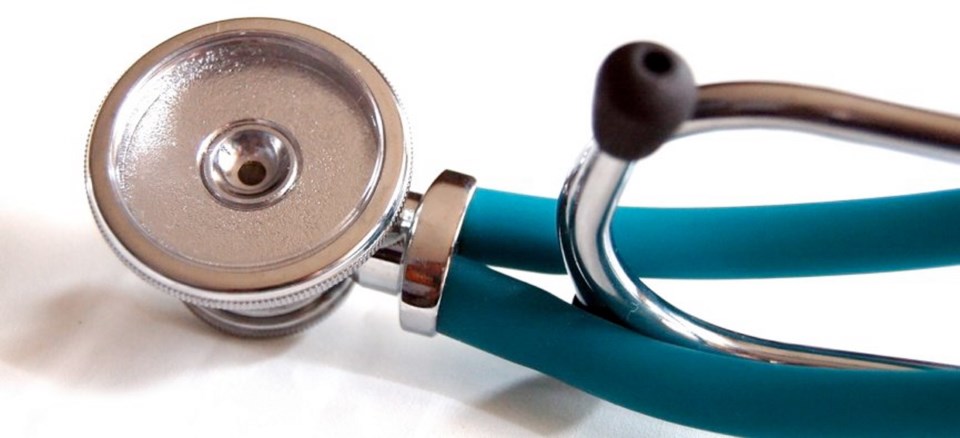For six weeks, the leaders of the various major political parties crisscrossed the country talking about jobs, taxes and climate change, among other topics.
But there was one topic that affects huge numbers of Canadians that received little attention during the election and its four major debates — access to a family doctor. More than 4.5 million people across the country don’t have a regular GP, despite the number of doctors in Canada growing at three times the pace of the population since 2014.
While some of the major parties did mention the problem in their platforms and most promised to spend more on health care as a whole, not one of them put forward a plan for the types of structural changes needed to make a real difference. Money alone won’t get it done.
That has been proven in British Columbia, where Liberal governments promised in 2010 and 2013 to provide access to a general practitioner to everyone who wanted one by 2015. But today there are still about 780,000 people in the province without a primary-care doctor or even a nurse practitioner, according to the government’s own numbers.
It’s not that money wasn’t spent — the Liberals’ 2013 pilot program “a GP for Me” cost more than $130 million alone. But by the time the 2015 target arrived, the percentage of people in the province without a doctor had actually increased slightly.
Given that it is the provinces that administer health care, and not the federal government, there is little reason to believe more money from the feds will make a real difference without other major changes to the way we do health care. But the federal government is the only one that can push forward the types of changes that can make a difference.
Some of the problems are baked into the geography of the province — and entire country — with many rural areas underserved. But even in urban areas it is almost impossible for newcomers to get a doctor or those with a physician to find a new one if needed.
Having just returned to Canada after several years abroad, I have been looking for a doctor in the thriving city of Langford. But most people I have talked to about the situation tell me I can expect to be on a waiting list for years, and some suggest I am wasting my time even looking.
Without a regular GP, my only access to care for non-emergency issues is one of the walk-in clinics in the area. Appointments can’t be made ahead of time, so patients generally spend at least 90 minutes waiting before they get to see a doctor — a long time away from work for those with a job and a strong disincentive to get the treatment they need.
Even when you do see a doctor, it is likely someone who has never treated you before. That’s important as “continuity of care” is strongly linked to better health-care outcomes, higher satisfaction rates, and has been proven more cost effective.
One reason the problem persists despite a growing number of doctors across the country is that physicians are seeing fewer patients each day as many seek a better work-life balance, and some simply spend more time with each person they treat — an unintended result of extra spending under previous plans that made it economically viable for doctors to cut back.
Beyond offering more money to solve the problem, governments need to look at making structural changes to the way family physicians operate. The current model involves doctors running a business with all of the overhead costs and administrative work that comes with it.
That is a turn-off to new doctors looking to work fewer hours and spend more time with family, meaning a new model is needed based on government-run clinics where doctors are paid a salary for the work they do. Let the doctors be doctors, not business managers.
Unfortunately, the only plan put forward by Prime Minister Justin Trudeau and his Liberals was to spend an additional $6 billion on health care, without any structural changes to the way our system works.
Any solution that doesn’t include those changes is unlikely to solve the problem, and will only repeat past mistakes of spending more without reducing the number of people in need of a family doctor.
Stu Clark lives in Langford and, like so many of us, needs to find a doctor.



